ESG Management
Sustainable Development Blueprint of NANPAO
NANPAO has determined 2021 to be the first year of sustainability for the Company. In accordance with the vision and mission of the "Sustainable Development Committee Charter", the Company has designated the Sustainable Development Committee as the highest level decision making center for ESG and is chaired by the Chairperson. Whereas, the "ESG team" comprises senior executives of different areas and multiple professional background, reviewing the core operational capabilities of the Company collectively, establishing short, medium and long-term ESG development directions and fostering the core competitive advantage of NANPAO concertedly.
Achieving SDGs
For the stiff challenges facing all humanity, NANPAO is keen to achieve Sustainable Development Goals (SDGs). Under the leadership of the Sustainable Development Committee, NANPAO has established four sustainability policies and selected nine main Sustainable Development Goals (SDGs). The ESG team takes charge in coordinating cross-departmental resources and forces, and formulating 18 measurable and time-sensitive long-term goals to incorporate SDGs into the organizational culture and routine operational activities. The team collaborates with internal and external stakeholders to consistently explore and research on governance/economic, environmental and social development opportunities so as to co-create values and share a sustainable future.
| Circular Economy | Social Inclusivity |
|
|
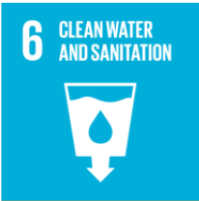 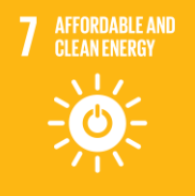 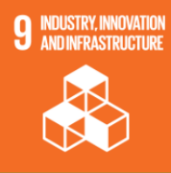 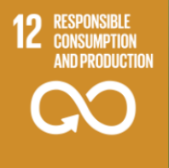 |
  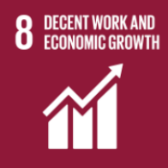  |
| Low-carbon Mission | Co-creation of Value |
|
|
|
    |
   |
Sustainable Investment
In 2024, our company invested NT$26,609 million in energy-saving and environmentally sustainable machinery and equipment. The total benefits include saving 465,066kWh of electricity annually, reducing waste by 6,339 tons per year, and a carbon reduction of 13,672 tons per year. The details are as follows:
1. Energy management
The establishment of self-use solar power generation equipment enables a reduction in electricity consumption by 120,554 kWh, resulting in an annual decrease of 60 metric tons in carbon emissions.
2. Equipment Efficiency Improvement
(1)Replacement of the diesel forklifts with electric forklifts, which reduces maintenance costs and lowers noise during operation, resulting in an annual decrease of 36 metric tons in carbon emissions.
(2)Implementation of an energy management and power-saving system in the factory area to enhance voltage stability and maintain stable equipment operation, resulting in a savings of 344,512 kWh of electricity usage annually and a reduction of 162 metric tons of carbon emissions per year.
3. Reduction in Process Waste Generation
Installation of a distillation system to recycle solvents used in the manufacturing process for reintroduction recovered solvents back into the manufacturing process, specifically acetone for reuse in the process and butanone for tank cleaning. This initiative serves to reduce the on-site storage of waste solvents and minimize the need for purchasing additional raw materials, resulting in a significant reduction in annual waste output by 6,339 tons and a corresponding decrease in carbon emissions by 13,414 metric tons.
